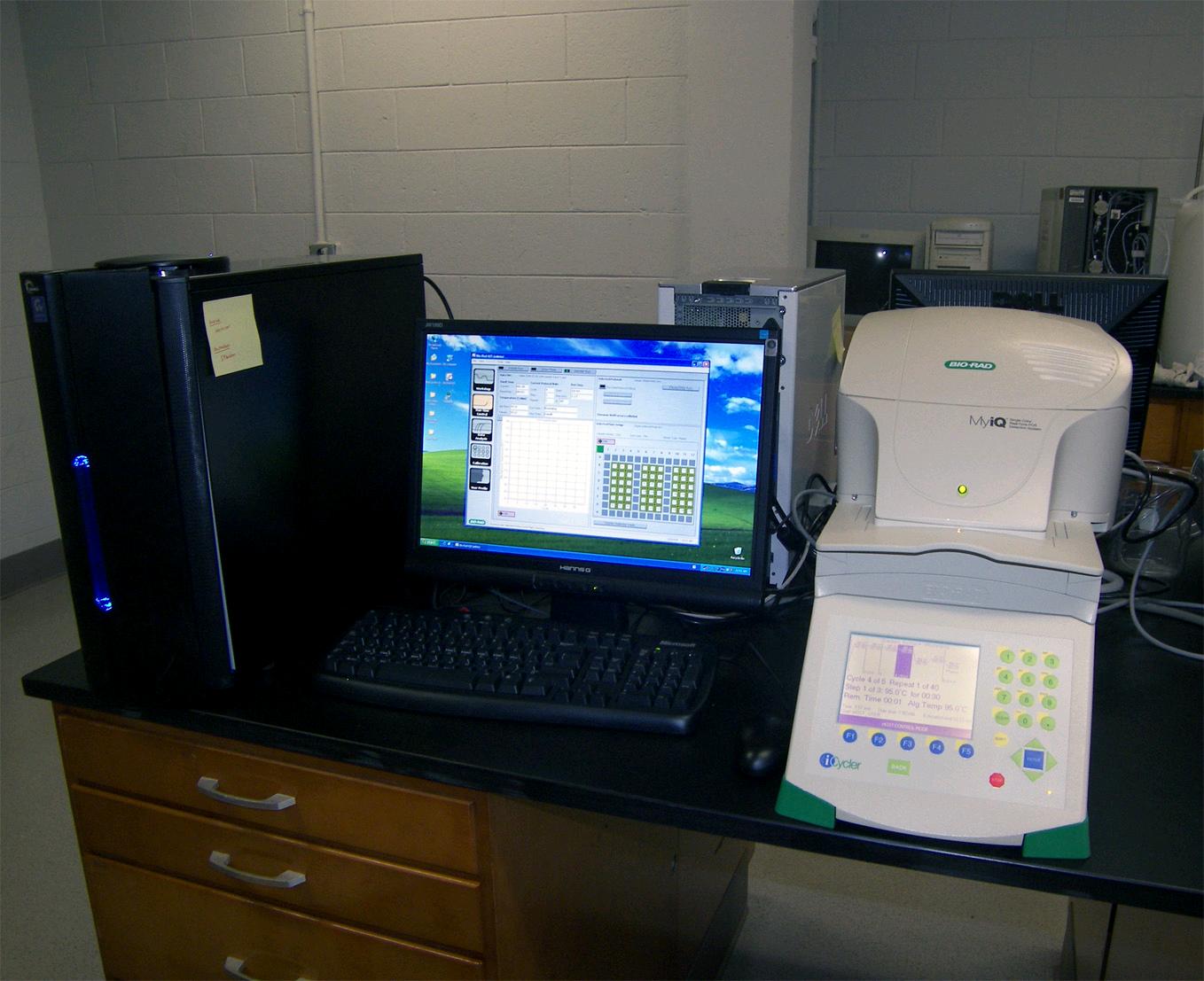


Copyright@2011 University of South Carolina




Keck Foundation Grant Funds Open Lab
Atomic Force Microscope (AFM)
The MultiMode scanning probe microscope is the world s best-selling SPM. This versatile, high-resolution metrology and imaging tool performs a complete range of AFM techniques for surface characterization of properties like topography, elasticity, friction, adhesion, and electrical/magnetic fields. User-friendly, powerful software and a compact hardware design enable the MultiMode SPM to easily acquire data from micro- to atomic-scale images.
The MultiMode scanning probe microscope is the world s best-selling SPM. This versatile, high-resolution metrology and imaging tool performs a complete range of AFM techniques for surface characterization of properties like topography, elasticity, friction, adhesion, and electrical/magnetic fields. User-friendly, powerful software and a compact hardware design enable the MultiMode SPM to easily acquire data from micro- to atomic-scale images.
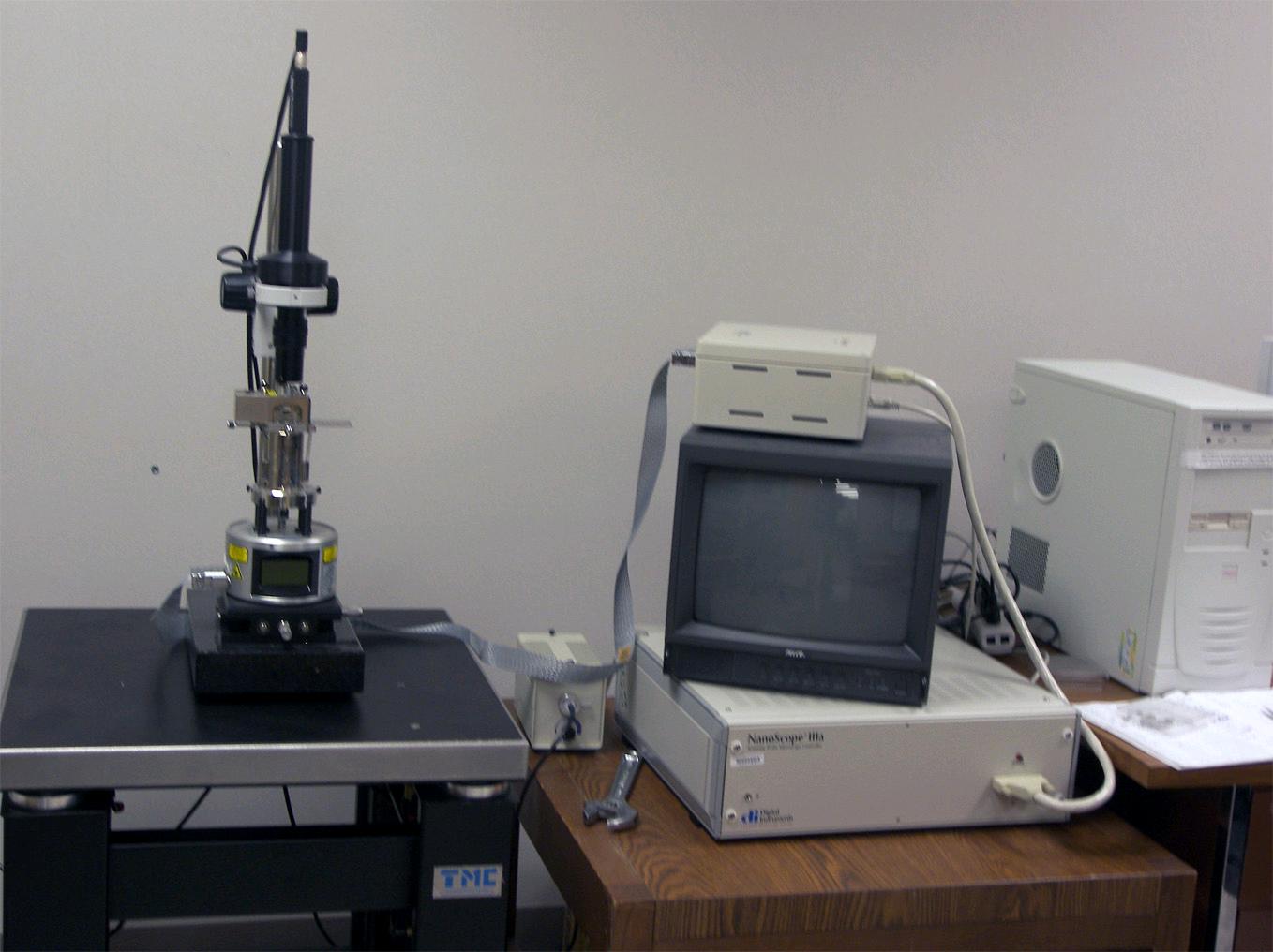
Florescence Microscope
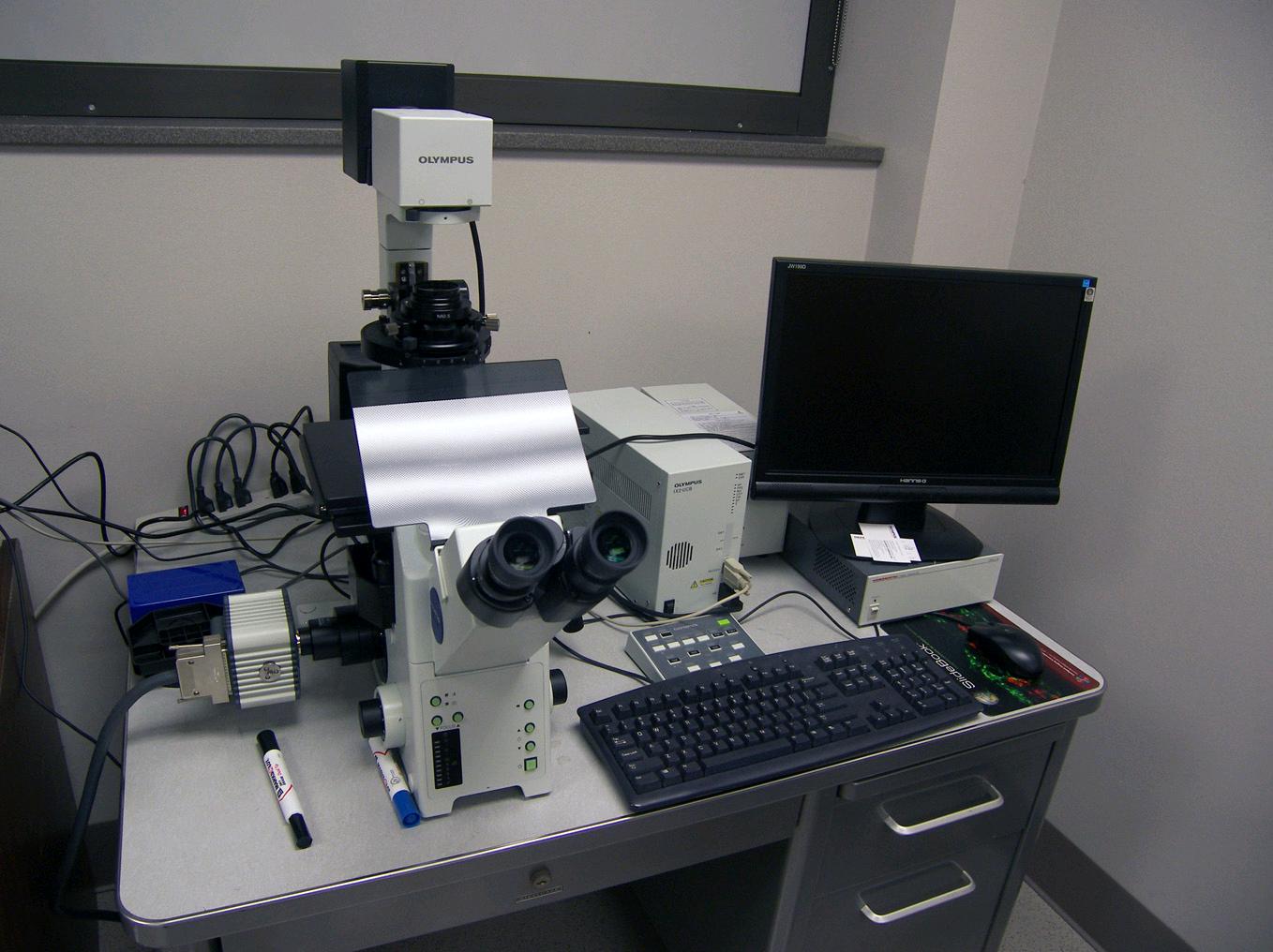
ICP-MS
Inductively coupled plasma mass spectroscopy (ICP-MS) was developed in the late 1980 s to combine the easy sample introduction and quick analysis of ICP technology with the accurate and low detection limits of a mass spectrometer. The resulting instrument is capable of trace multielement analysis, often at the part per trillion level. ICP-MS has been used widely over the years, finding applications in a number of different fields including drinking water, wastewater, natural water systems/hydrogeology, geology and soil science, mining/metallurgy, food sciences, and medicine.
Inductively coupled plasma mass spectroscopy (ICP-MS) was developed in the late 1980 s to combine the easy sample introduction and quick analysis of ICP technology with the accurate and low detection limits of a mass spectrometer. The resulting instrument is capable of trace multielement analysis, often at the part per trillion level. ICP-MS has been used widely over the years, finding applications in a number of different fields including drinking water, wastewater, natural water systems/hydrogeology, geology and soil science, mining/metallurgy, food sciences, and medicine.
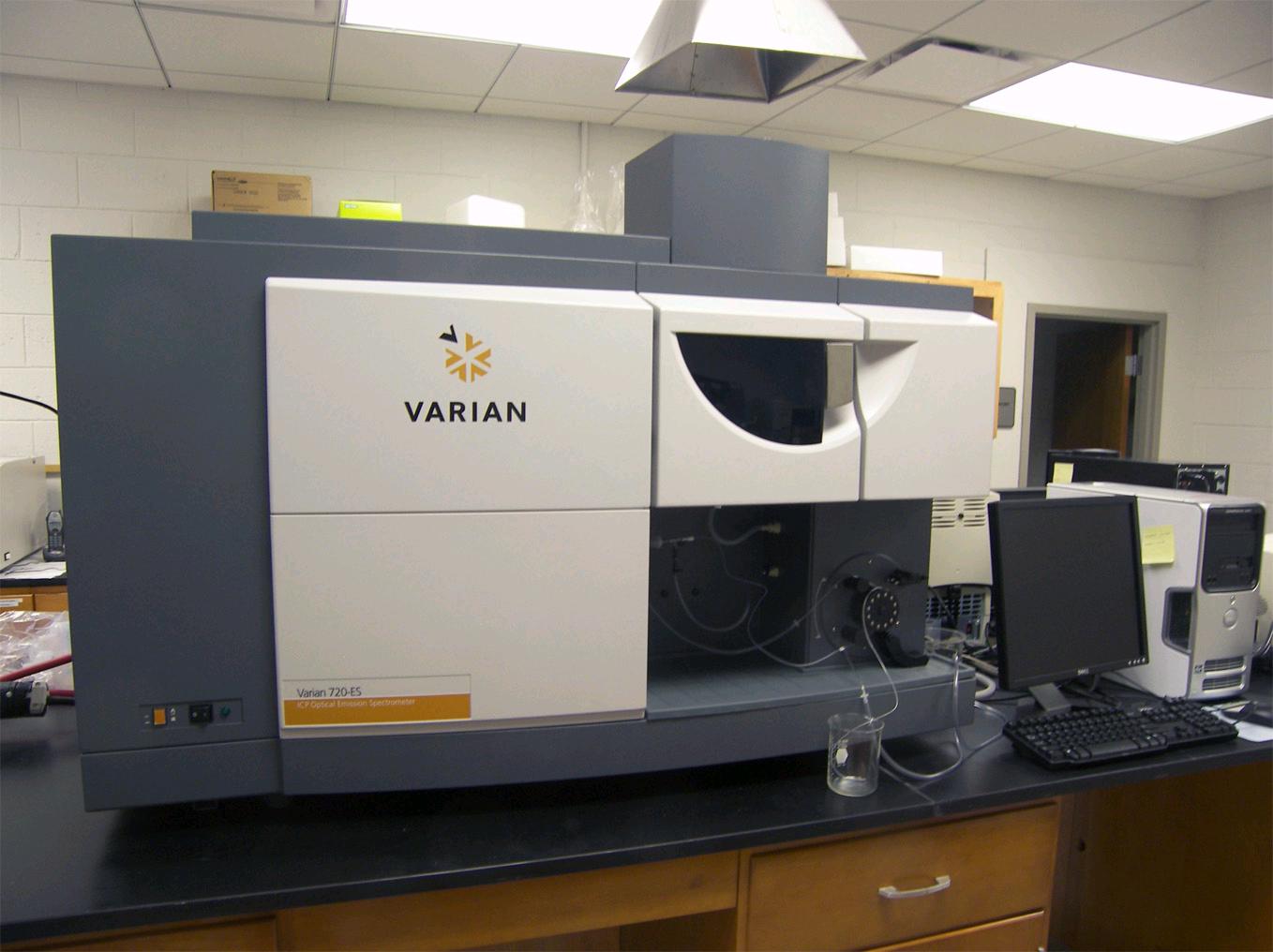
Cell Culture Incubator
Keck lab also has a separate cell culture room equipped with two VWR cell culture incubators and a certified cell culture hood. In the cell culture room there is also a microscope available for day to day monitoring of the cell growth and morphology.
Keck lab also has a separate cell culture room equipped with two VWR cell culture incubators and a certified cell culture hood. In the cell culture room there is also a microscope available for day to day monitoring of the cell growth and morphology.
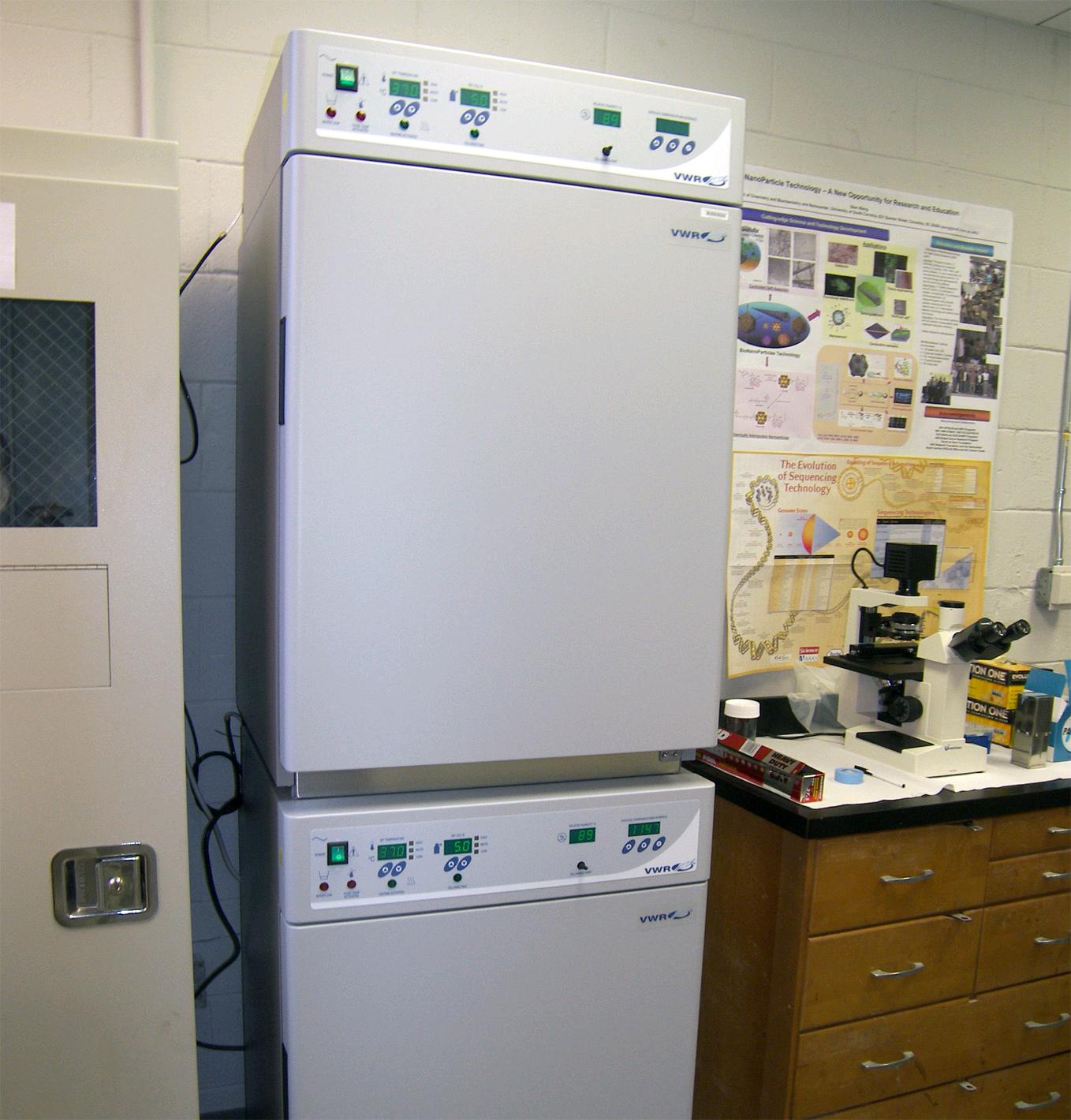
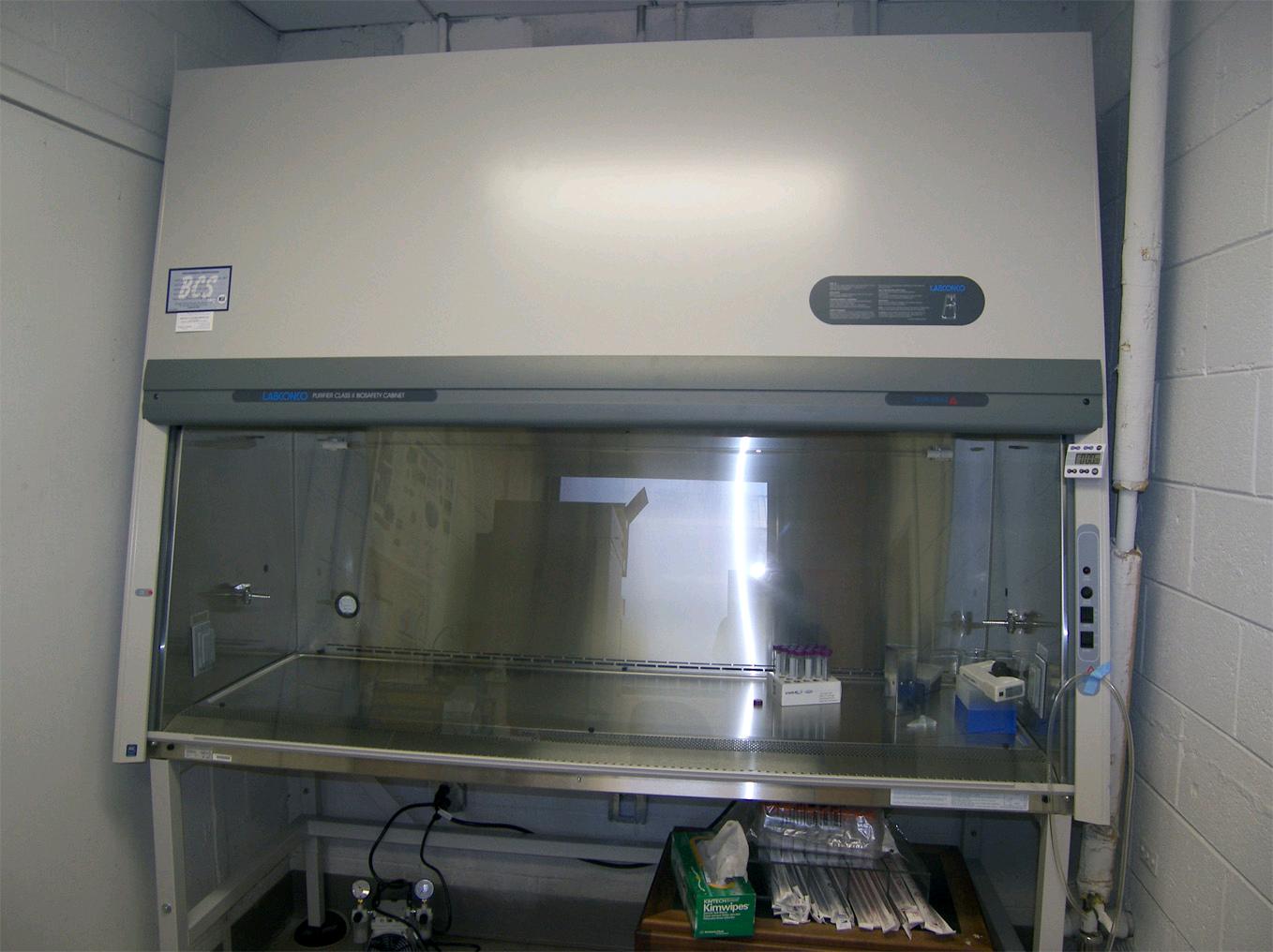
Real-time PCR
The MyiQ real-time PCR detection system offers an affordable alternative for the detection of common green fluorescent dyes, such as FAM and SYBR Green I. This system interfaces directly with the iCycler thermal cycler, which offers superior features, such as a thermal gradient and Peltier-effect driven thermal performance. The MyiQ real-time PCR detection system is designed for those just getting started with this technology, as well as those looking for additional instruments to handle increasing routine assay demands. The MyiQ system s performance specifications are similar to those of the iQ5.
The MyiQ real-time PCR detection system offers an affordable alternative for the detection of common green fluorescent dyes, such as FAM and SYBR Green I. This system interfaces directly with the iCycler thermal cycler, which offers superior features, such as a thermal gradient and Peltier-effect driven thermal performance. The MyiQ real-time PCR detection system is designed for those just getting started with this technology, as well as those looking for additional instruments to handle increasing routine assay demands. The MyiQ system s performance specifications are similar to those of the iQ5.
